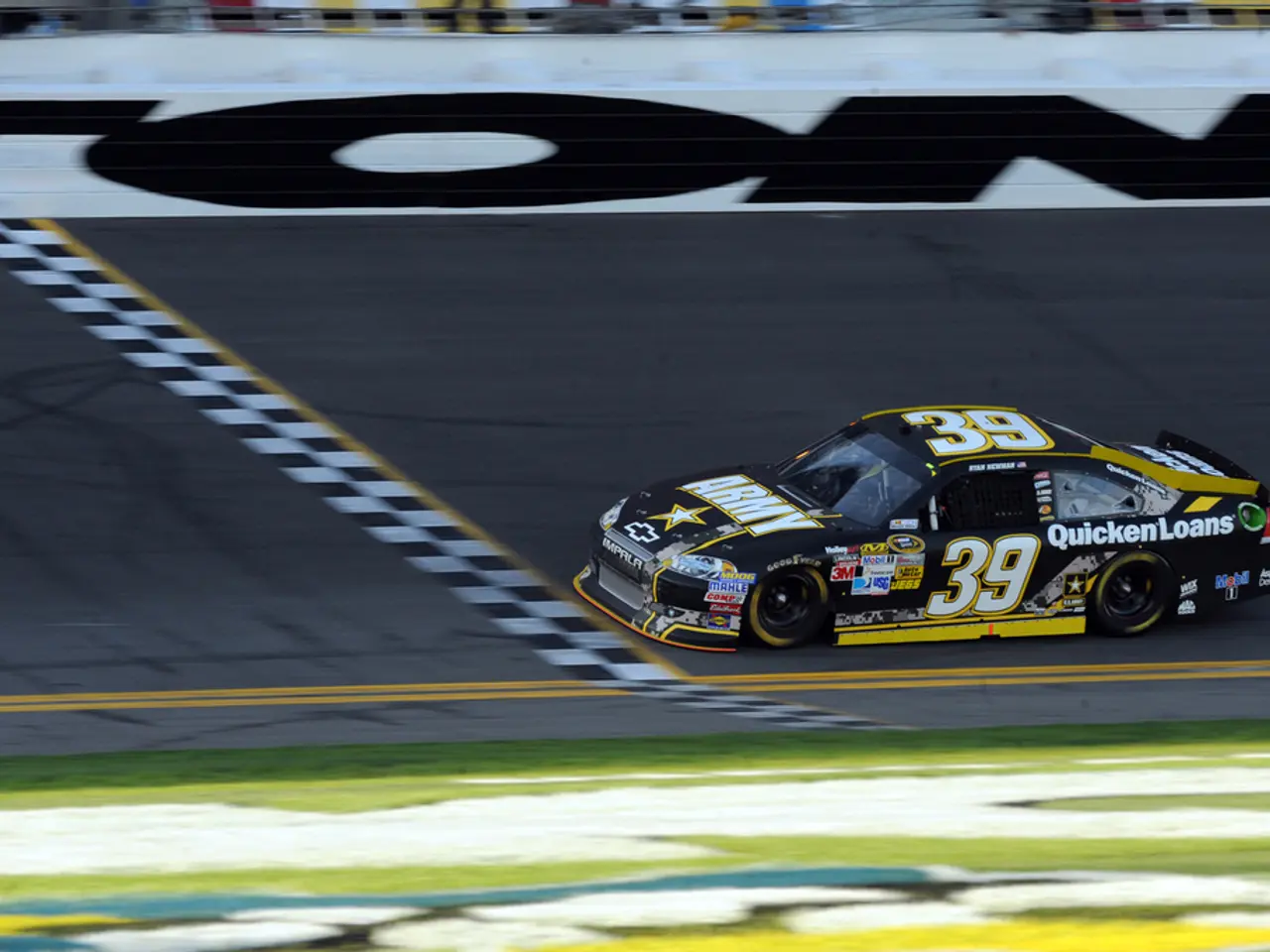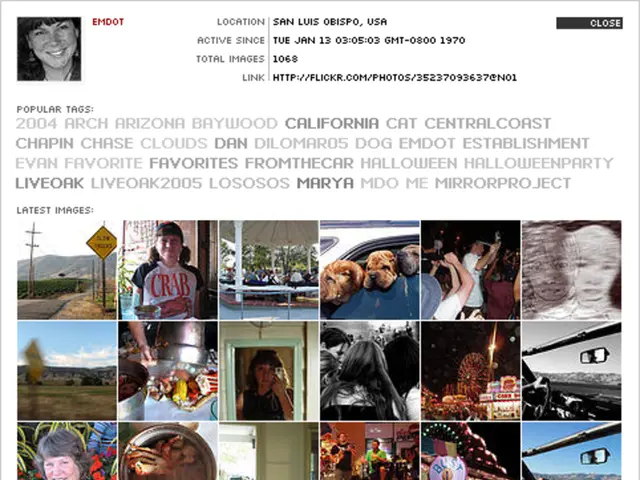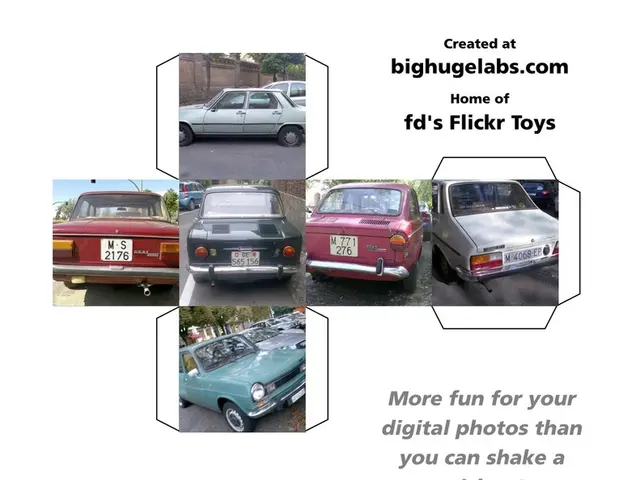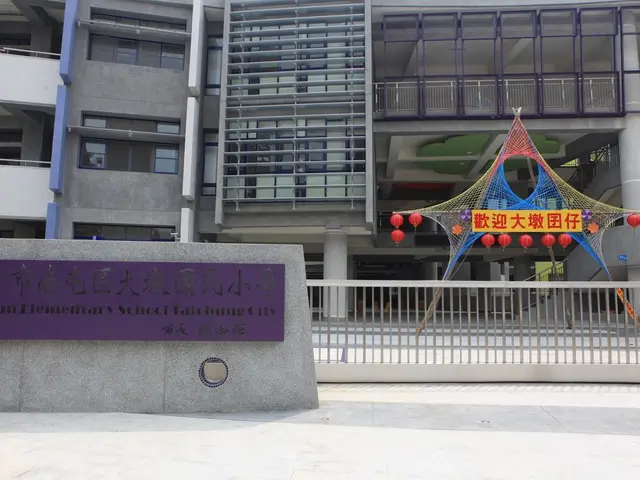Racing at Le Mans Powered by Hydrogen: Akio's Vision for the Future of Motorsports in France
The 100th anniversary of the 24 Hours of Le Mans saw a remarkable unveiling, as Akio Toyoda, Chairman of Toyota, took to the stage to reveal the GR Hydrogen concept race car for the World Endurance Championship (WEC). The mystery car, now known as the GR LH2 Racing Concept, represents Toyota Gazoo Racing’s commitment to carbon neutrality while delivering high-performance endurance racing.
Key features of the GR LH2 Racing Concept include:
- Powered by liquid hydrogen (LH2), the car produces near-zero carbon emissions, as hydrogen combustion produces only water vapor as a byproduct, aligning with Toyota’s carbon neutrality goals for motorsport.
- The car is designed to maintain competitive performance and driving excitement, offering the sound and driving sensations that fans and drivers expect, without compromising environmental responsibility.
- The hydrogen combustion approach differs from fuel cell electric vehicles by maintaining the traditional internal combustion engine experience but with hydrogen fuel, supporting the transition to sustainable motorsport technologies.
This concept reflects Toyota’s broader strategy to explore hydrogen as a future fuel option. The company aims to combine environmental sustainability with motorsport performance in WEC events, including the prestigious 24 Hours of Le Mans.
Two weeks prior to the announcement, Chairman Akio Toyoda drove a Corolla fueled by liquid hydrogen at the Super TEC 24 hours race at Fuji Speedway. Despite the competition, Toyota finished the 24 Hours of Le Mans in second place, narrowly missing out on the sixth straight victory.
Akio Toyoda expressed optimism about the next 100 years of the 24 Hours of Le Mans, wishing congratulations on its 100th anniversary. He also expressed enthusiasm for competitors to consider hydrogen as an option, not just for environmental reasons, but because it offers exciting potential.
The mystery car revealed was a new hydrogen-engine race car for the 24 Hours of Le Mans. Akio Toyoda expressed gratitude to the ACO and Le Mans for providing a unique opportunity to share Toyota’s efforts towards carbon neutrality in motorsports.
President Pierre Fillon of ACO held a press conference a day earlier, on Friday June 9, announcing a mystery Toyota car would be on display at the circuit. Akio Toyoda’s comment about less Balance of Performance (BoP) adjustments, which drew sympathetic laughs from the audience, likely in response to unexpected BoP adjustments saddling Toyota with an additional 37 kg, slowing the car by more than one second per lap.
Akio Toyoda’s vision is to achieve carbon neutrality without sacrificing the sounds and dynamism of motorsport. He expressed a goal of looking forward to the new GR H2 race car in view of the new Le Mans H2 class in the future. The event took place over the weekend of June 10 and 11.
- The GR LH2 Racing Concept, unveiled during the 100th anniversary of the 24 Hours of Le Mans, is Toyota Gazoo Racing's commitment to carbon neutrality in motorsport, showcasing technology in the automotive industry that produces near-zero carbon emissions.
- Prior to the unveiling, Akio Toyoda, Chairman of Toyota, demonstrated the company's exploration of hydrogen as a future fuel option by driving a Corolla fueled by liquid hydrogen at the Super TEC 24 hours race.
- In the world of sports and finance, this commitment to sustainable motorsport technologies by Toyota extends beyond the race track, aligning with the global push towards carbon neutrality, and offering potential for advancements in transportation and technology industries.




